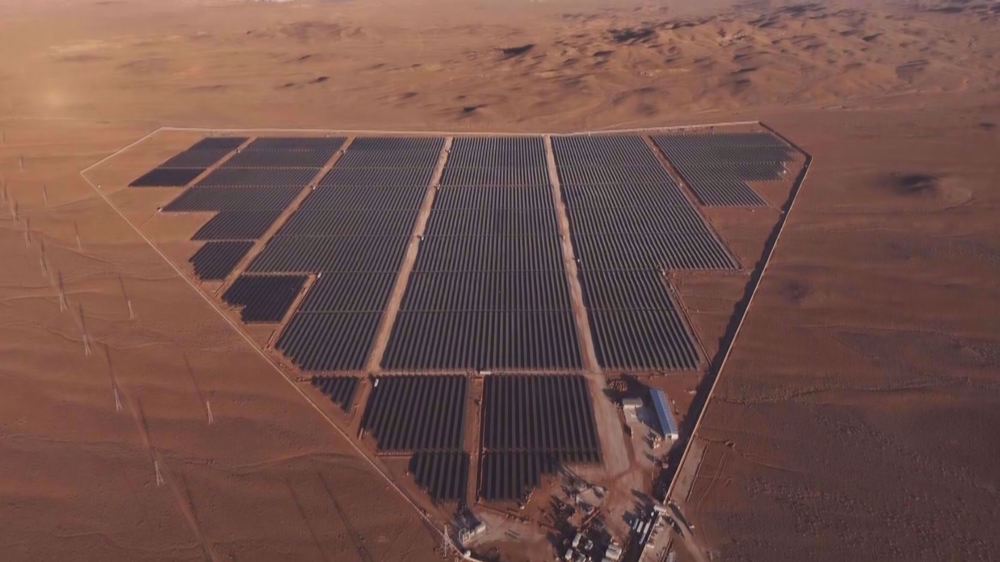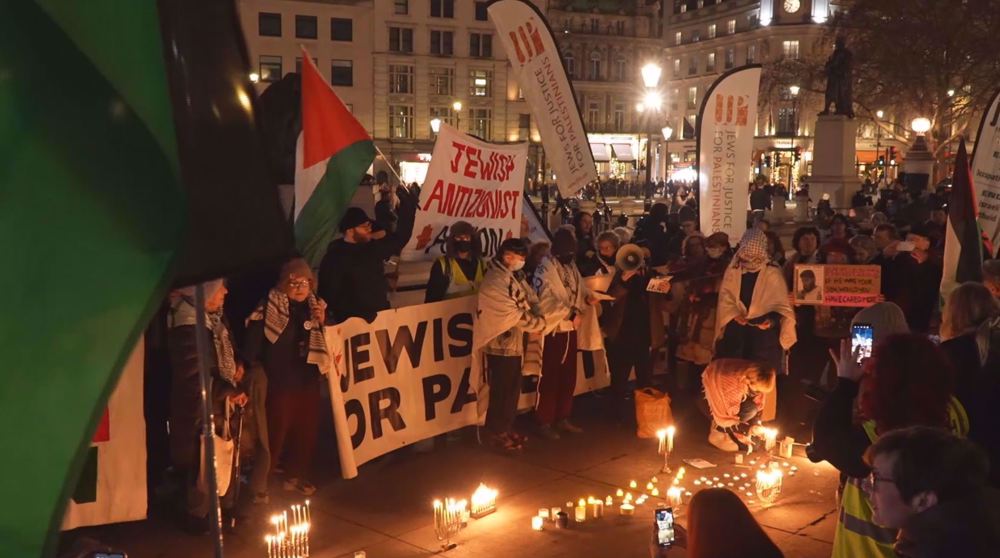Activists discuss restoration of wetlands in Iran
Hamid Javani
Press TV, Ramsar
A wetland, filled with water. A big source of bio-diversity. These valuable sources of life are in serious condition in some parts of Iran.
Lake Hamoun for example in southeast of the country, is struggling with numerous challenges such as reduced precipitation, over exploitation of pastures and mismanagement of water resources.
Drying up of Lake Hour al-Azim in Khouzestan province, is said to be one of the most influential reasons for the recent massive dust storm which swept the southeastern regions of the country.
In line with Iranian government's policies to step up the efforts to revive and preserve the environment, members of the Ramsar Convention on Wetlands attended a meeting in the northern city of Ramsar.
The convention is an inter-governmental treaty for the conservation and wise use if wetlands and the parties meet every three years to make collective decisions to improve their management.
According to officials, Iran is facing a serious drought and is already suffering from the impacts of climate change. Iran's Head of Department of Environment has noted that the government is taking robust steps to preserve the water rights of wetlands and rivers. She also said the current condition has been created by improper management of water resources.
Signed in 1971, Ramsar Convention started with only 16 countries and now it has 168 member states. According to UN Development Program officials, what the convention taught in 1971 was not as significant as it is now.
Officials say the pioneering works that Iran has done with respect to all the environmental challenges it has been facing, can be helpful for other countries in the central and west Asia region in moving forward to conserving marshes.
VIDEO | Iran: Beyond the majority
VIDEO | Netanyahu’s verbal escalation vs. Iran
Zelensky: ‘General consensus’ reached with US on Ukraine peace plan
Iran's Rahman Amouzad named world's 'Most Dominant’ freestyle wrestler of 2025
VIDEO | Iran works to boost solar power production
Explainer: How Kowsar 1.5 satellite fits into Iran’s push for sovereign space infrastructure
US imposes visa bans on ex-EU commissioner, anti-disinformation activists
Iran rejects coercion, says no to inspection of damaged nuclear sites









 This makes it easy to access the Press TV website
This makes it easy to access the Press TV website